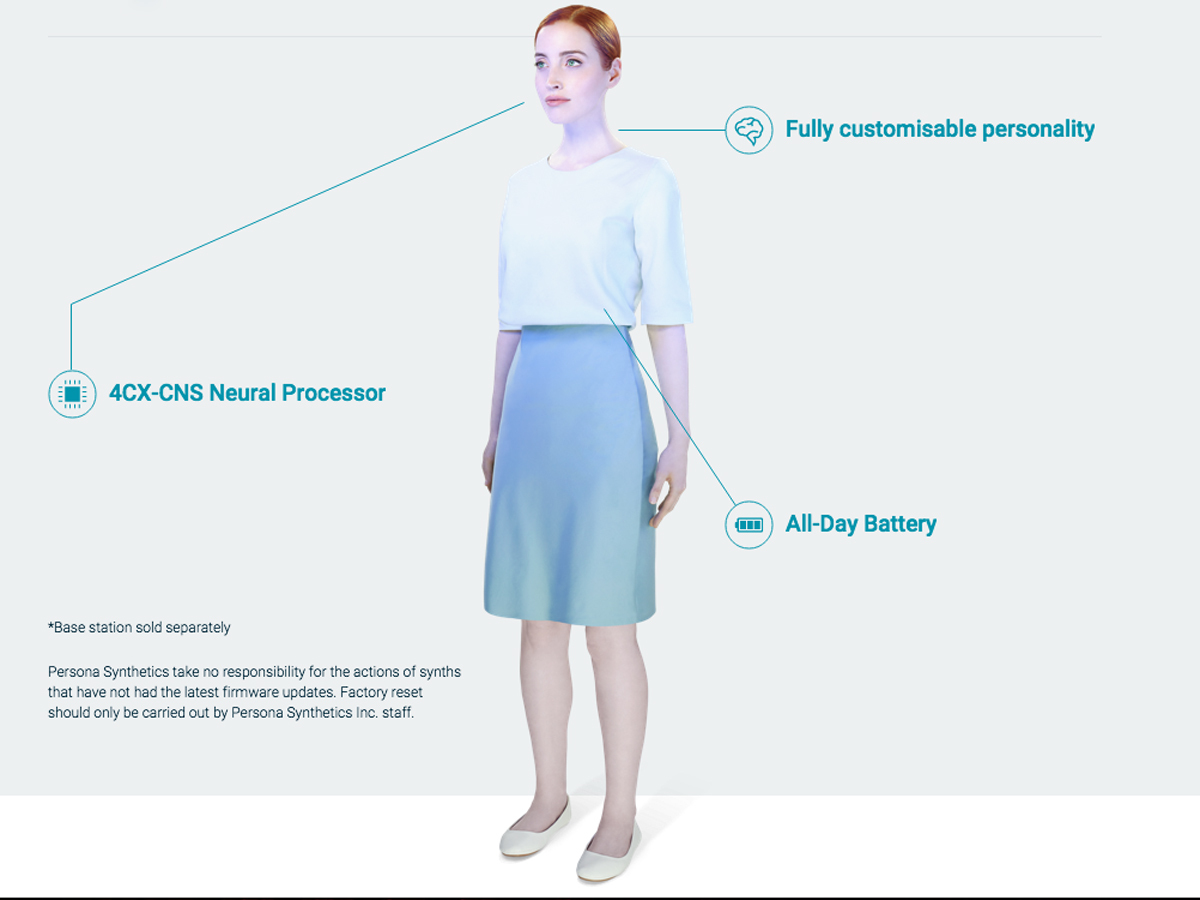Why Ocado’s robot is the first step towards a Humans ‘synth’
The online supermarket tells us why its robot project might just nudge Channel 4's sci-fi drama towards reality...

If you haven’t been watching Channel 4’s excellent robo-drama Humans (whose finale is on tonight at 8pm), the person is above is a ‘synth’ called Anita.
In the show’s ‘parallel present’ setting in London suburbia, Anita ghosts around the Hawkins family’s home, doing their chores while dropping occasional hints that she might be a few lines of code more than just a next-gen Roomba.
It all sounds familiarly far-fetched, particularly when you’ve watched DARPA’s robot faceplanting Olympics. But an unlikely company has told us why its new project could be the perfect pre-school for a real world Anita.
Shallots in disguise
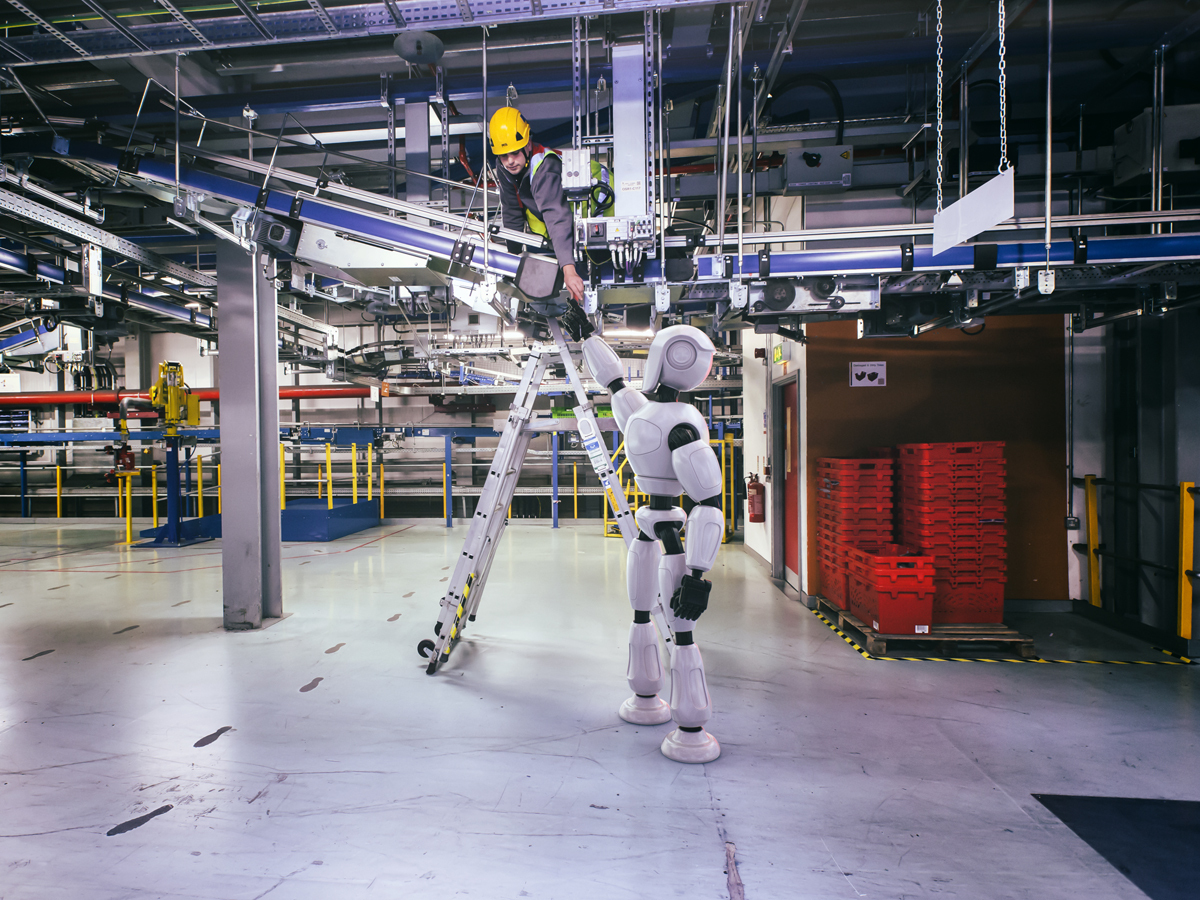
Ocado might be better known for organic avocados than androids, but behind the virtual grocery aisles it’s really a tech company. Its automated warehouses, some of the most advanced in the world, were developed completely in-house, and it recently announced the hugely ambitious SecondHands project. The aim? To create a ground-breaking, autonomous humanoid robot for its warehouses in the next five years, with the first prototype in eighteen months.
“SecondHands is really the first step down the path to creating the kind of androids you see in Humans,” Alex Harvey, Head of Research on Ocado’s robotics team, told us. “What we are doing is making one of the keystones to enabling that – having a robot trying to understand what a human is doing and then proactively offering assistance at the right time.”
No pressure, then. Though it’s early days for the project, which is very much at the research stage, Secondhands is far from a PR stunt. It’s part of the European Union’s Horizon 2020 programme, which is pumping nearly €80 billion of funding into future technologies. Ocado will be coordinating the research with four universities and testing the robot, who will help Ocado’s warehouse engineers maintain and fix machinery, at a special facility in Hatfield, Hertfordshire.
You might also like › Japan accepts America’s challenge to a robot deathmatch
A human-shaped problem
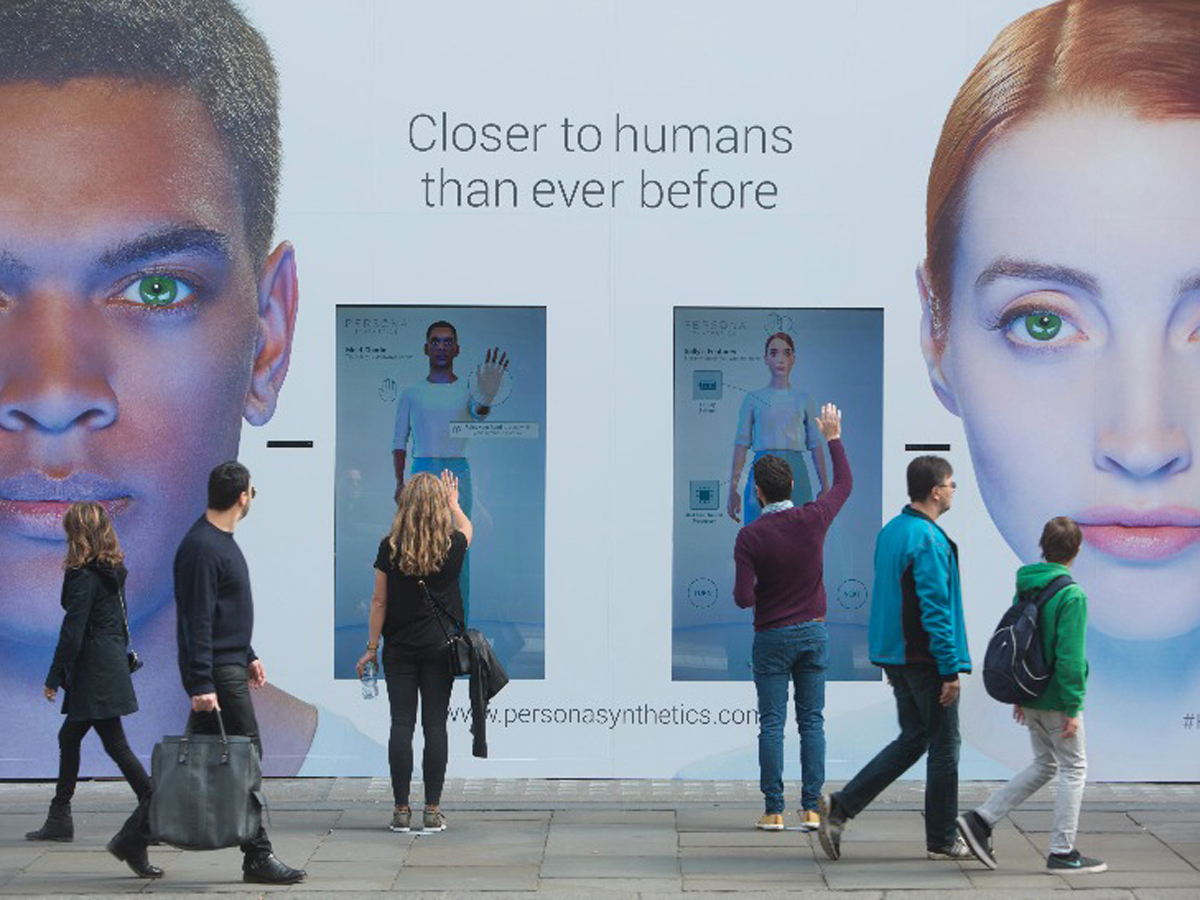
But why attempt to build a humanoid robot when a simpler form factor would surely be simpler and cheaper? “It’s because of the dexterity we need the robot to exhibit,” says Graham Deacon, Robotics Research Team Leader. “We need it to do similar things to what a person might do. And the other reason is psychological. People find it easier to relate to robots that have a similar morphology to their own.”
We might like a friendly robot face, but one of the real-world issues Humans has really chimed with is human redundancy. With McDonalds’ automated cashiers recently sparking worries that its workers could soon be out of a McJob, doesn’t Secondhands point the way to fully automated warehouses? “At the moment, the human is best placed being the expert,” says Alex Harvey. “They’re the ones who really understand the activity and understand what needs to happen. We would rather the robot is really proficient at helping the person.”
Where there’s a warehouse, there’s a way…
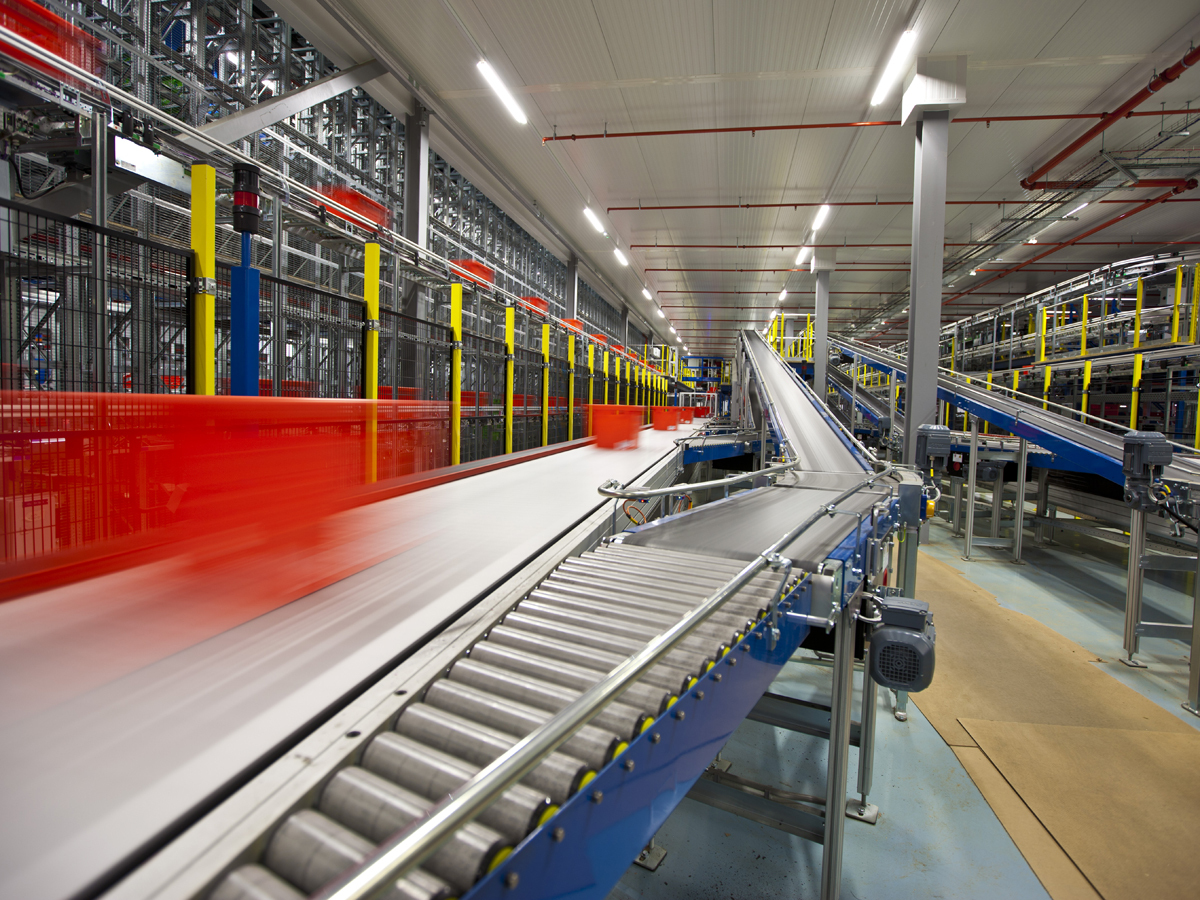
The other barrier to full automation is more obvious – making robots that are proactive, rather than passive toolboxes, is extraordinarily difficult. “It requires the robot to track the person, have an understanding of what the person is trying to do, then work out if the person is doing what they should be doing, or if they’re doing something different because they got distracted,” says Alex Harvey. “The logic and algorithms need to effectively be predicting what is going to happen based solely on an understanding of input. It’s extremely complicated.”
Not that this has inhibited Secondhands’ checklist of tech ambitions. Aims include an early form of artificial intelligence to allow the robot to effectively learn on tbe job, humanoid flexibility including anthropomorphic hands, and a new 3D vision system that will let the robot see both depth and colour and offer support to workers without being asked. "We’re pushing the boundaries on all of these," claimed Graham Deacon.
Though Secondhands is an industrial ‘bot, there’s another reason why Ocado could be a good incubator for a real Anita – warehouses are the perfect middle ground between labs and homes. “Home environments are completely unstructured, but our warehouses are a semi-structured environment that we can control,” adds Alex Harvey. “This is why our warehouses are such a great scenario and use case for this project. We can build up the robot’s competencies over time by layering complexity.”
You might also like › MIT developed a self-folding robot
Driverless shopping
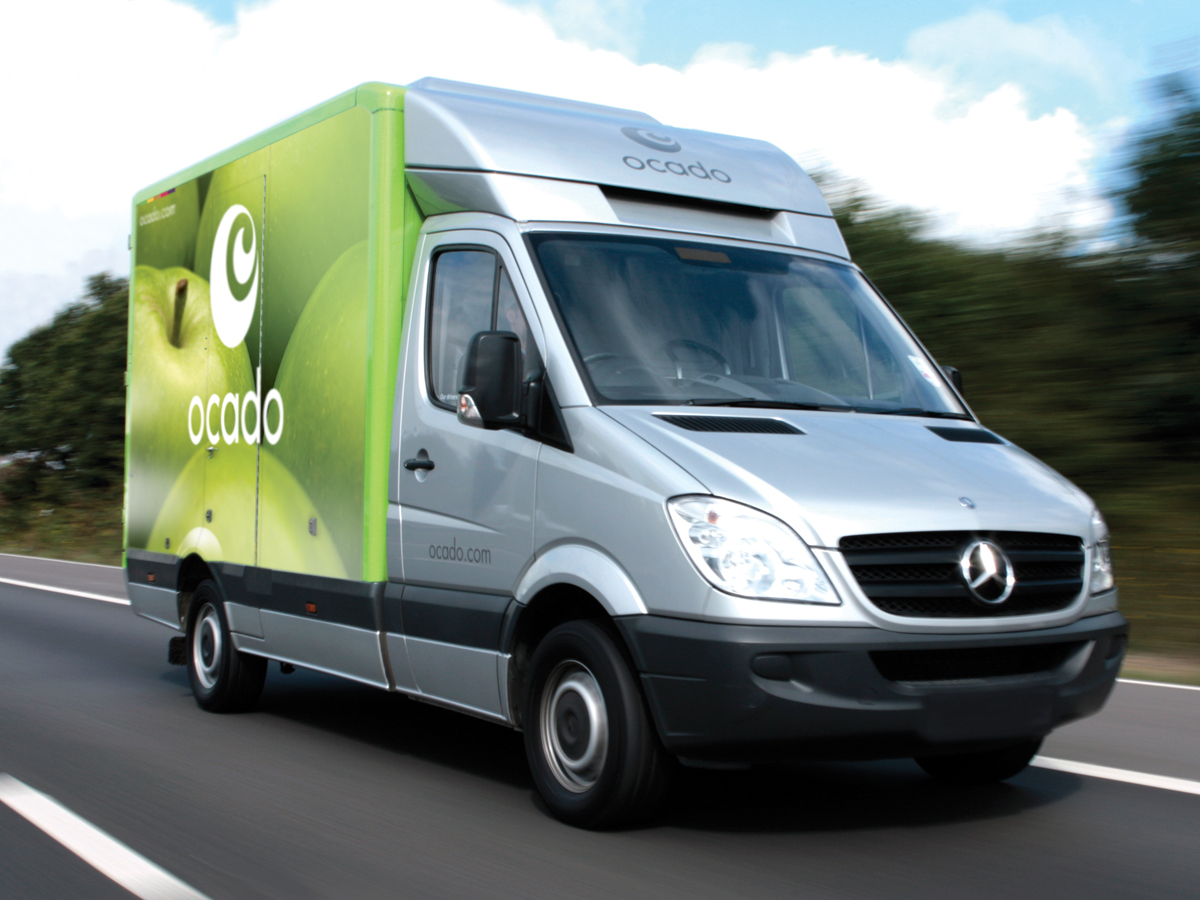
It’s not the only technology being beta tested in Ocado’s warehouses. As a supermarket delivery company, driverless cars are on the agenda too. “We’re talking to a lot of companies about it," says Paul Clarke, Ocado’s Director of Technology. "We have ideas about how it would fit within our ‘last mile’ chain. It’s relevant within our facilities, on the fleet side and also on the ‘last mile’ side.”
Not that this means getting your groceries delivered by Johnny 5 anytime soon. "The human interaction on the doorstep is really important to us because our customers don’t otherwise get to see us as people, " says Alex Harvey. "So in some ways we’re likely to have people in the vans for a long time. We could well imagine having the ‘drivers’ in the vans without doing the driving.”
Whether it’s driverless delivery vans or robot helpers, Ocado’s warehouses should be a hive of tech activity over the next few years. And if gadget history has taught us anything, the big innovations (see GPS, 3D printing and drones) usually come from grimy, industrial backgrounds rather than shiny startups.
We’ll pre-order a Persona Synthetics Lundstrom S6-X1 for delivery sometime in 2025, thanks.
